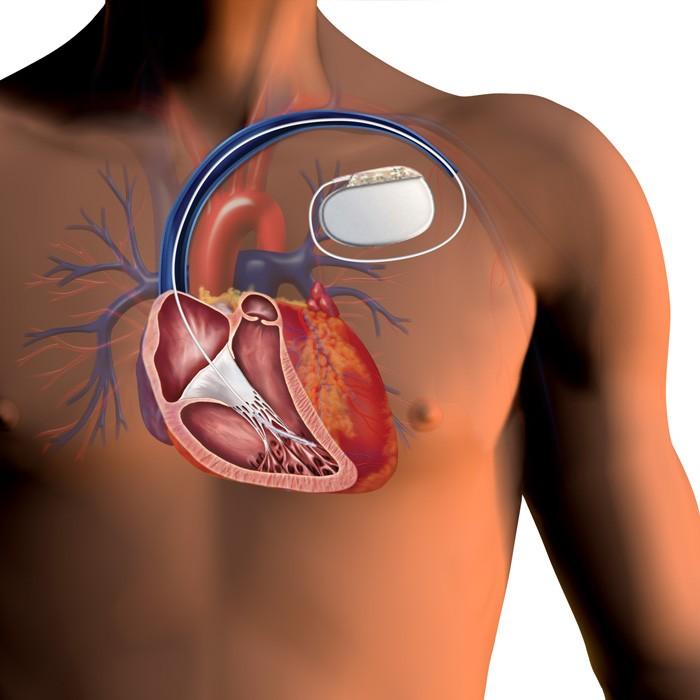





Cardiac surgery can be performed to address some heart disorders when alternative therapies have failed or are no longer available. Heart surgery may be considered a medical emergency in rare instances. For example, surgery for a major heart attack may require immediate attention. In certain circumstances, heart surgery can be scheduled ahead of time. Some heart procedures, such as heart bypass surgery for clogged arteries in the heart, are substantial operations. Other cardiac treatments, such as implanting a pacemaker, are relatively modest.
There are many forms of cardiac surgery that can assist treat a variety of heart conditions some of them are given below briefly:

How many different forms of
surgery are there?

The surgeon attaches a healthy artery or vein from elsewhere in your body to deliver blood through the blocked coronary artery in CABG, the most frequent kind of heart surgery. The grafted artery or vein creates a new conduit for blood to circulate to the heart muscle by bypassing the blocked part of the coronary artery. This is frequently done for more than one coronary artery at the same surgery. CABG is also known as heart bypass surgery or coronary artery bypass surgery.
.
Surgeons either repair or replace the valve with an artificial or biological valve produced from pig, cow, or human heart tissue. Inserting a catheter into a major blood artery, guiding it to the heart, then inflating and deflating a tiny balloon at the tip of the catheter to enlarge a narrow valve is one repair option.


Arrhythmia, a condition in which the heart beats too quickly, too slowly, or in an irregular rhythm, is typically treated with medication first. If medicine is ineffective, a surgeon may implant a pacemaker beneath the skin of the chest or belly, with wires connecting it to the heart chambers. When a sensor identifies an aberrant cardiac rhythm, the gadget utilises electrical pulses to regulate it. When an ICD detects a hazardous arrhythmia, it provides an electric shock to restore a normal rhythm.

To reroute electrical signals down a regulated channel to the lower heart chambers, the surgeon produces a pattern of scar tissue within the upper chambers of the heart. The procedure disables the erroneous electrical signals that cause atrial fibrillation, the most frequent kind of severe arrhythmia
To repair a balloon-like protrusion in the artery or wall of the heart muscle, a weak piece of the artery or heart wall is replaced with a patch or graft.

The damaged heart is removed and replaced with a healthy donor heart.
The implantation of a ventricular assist device (VAD) or a fully artificial heart (TAH). A VAD is a mechanical pump that helps the heart and blood circulate. A TAH replaces the heart's two bottom


